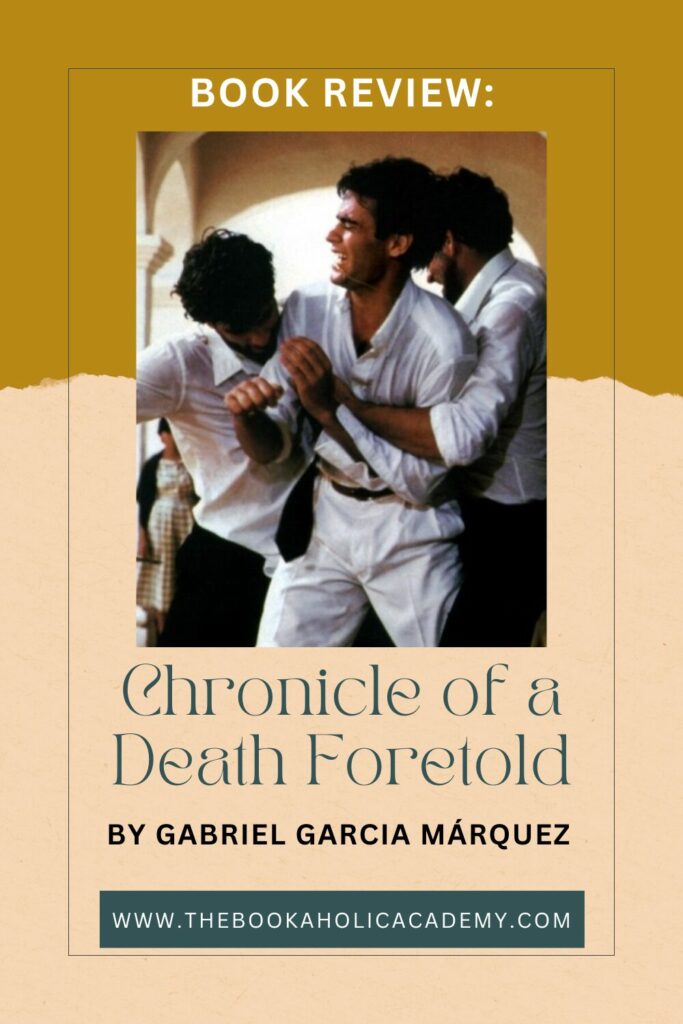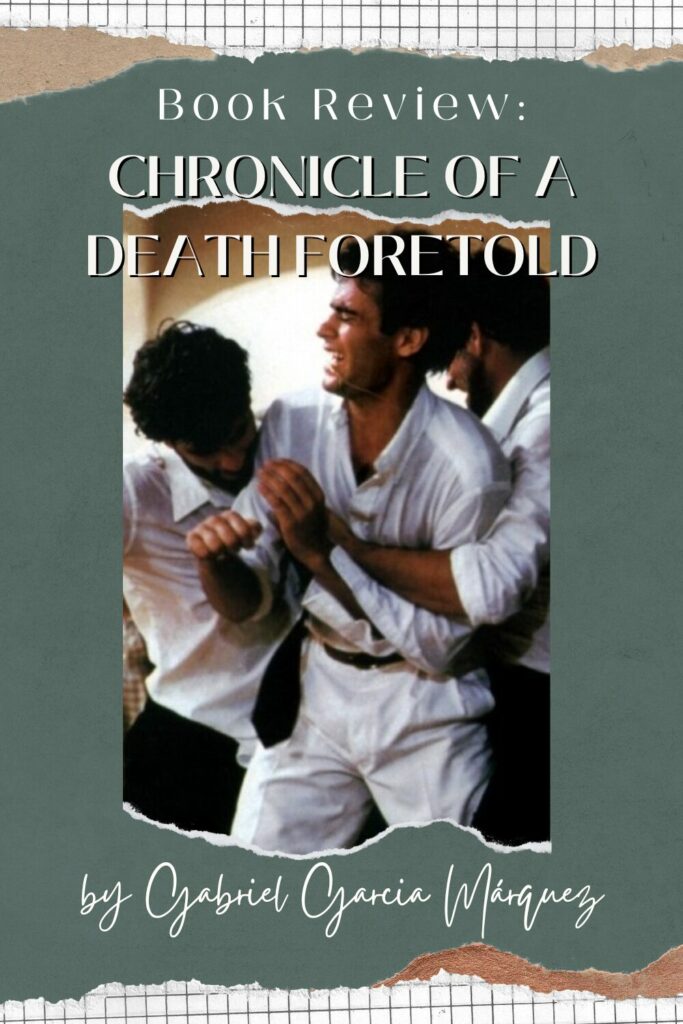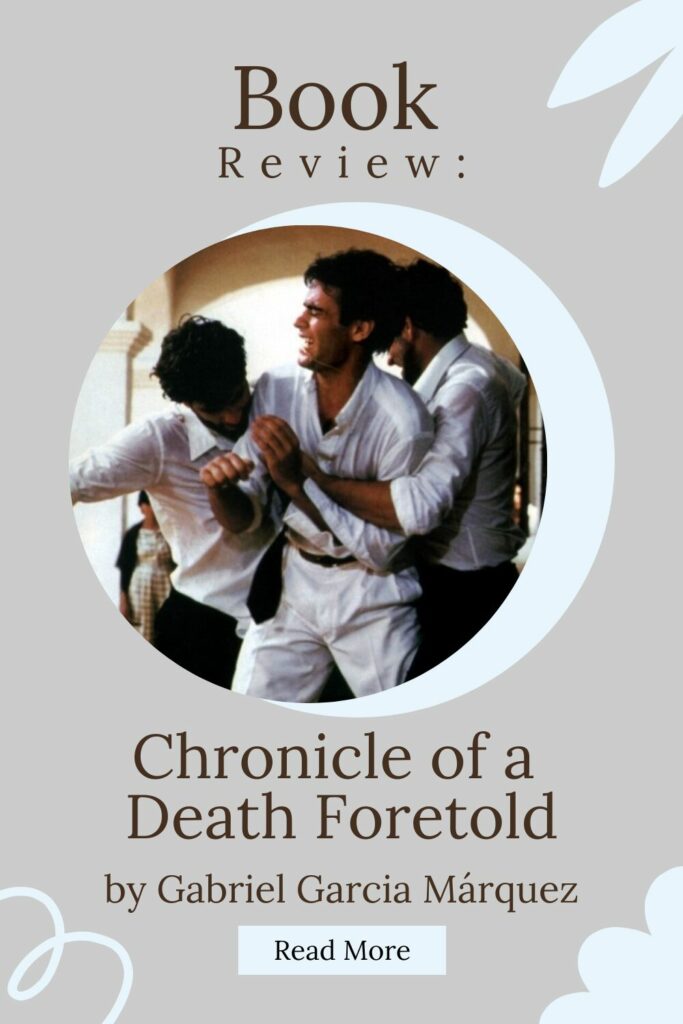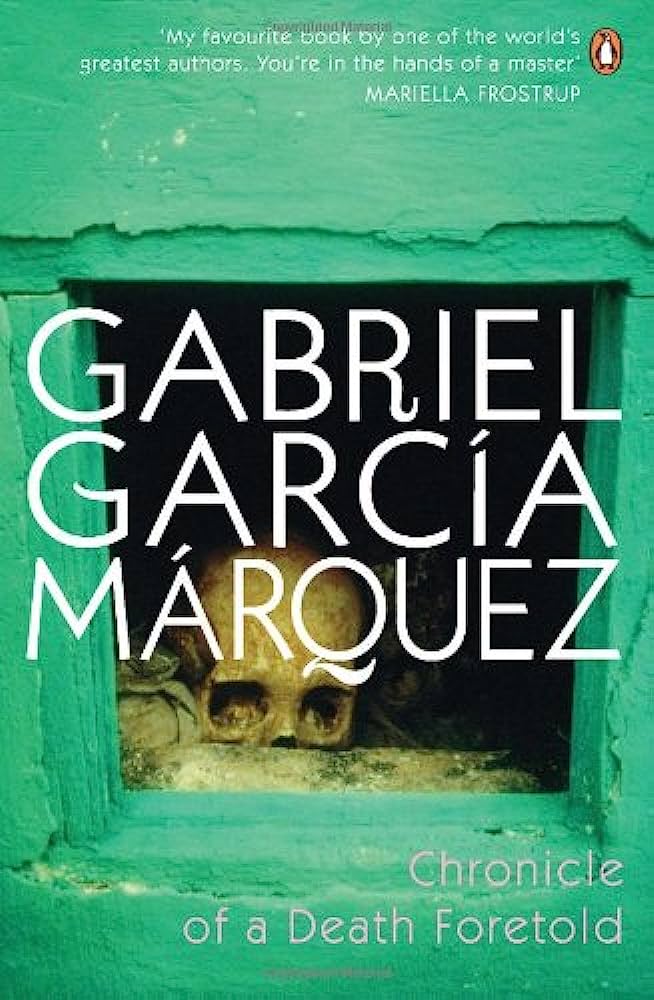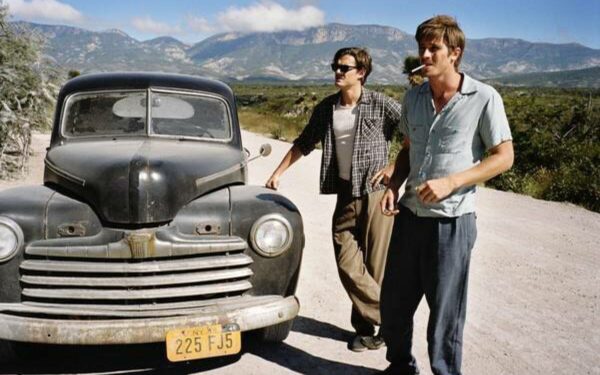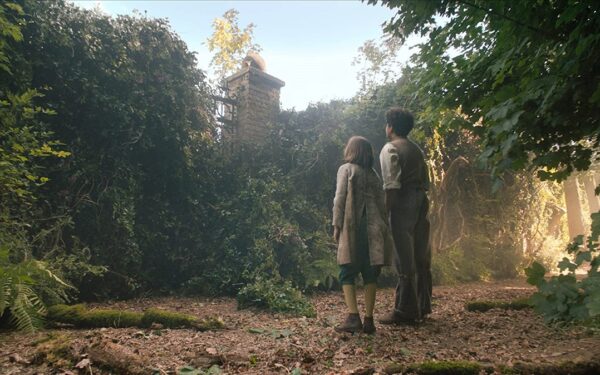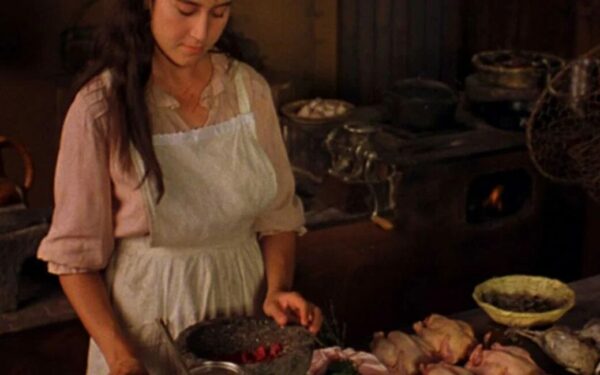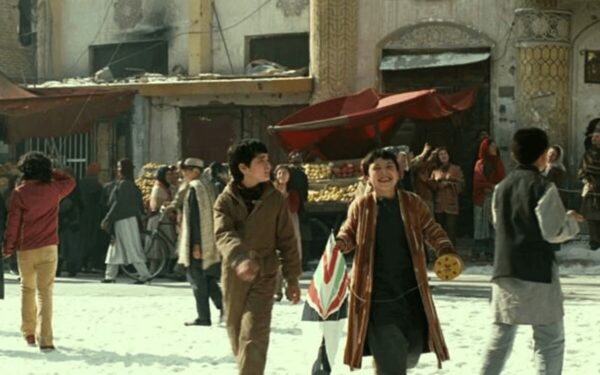Review: Chronicle of a Death Foretold by Gabriel García Márquez
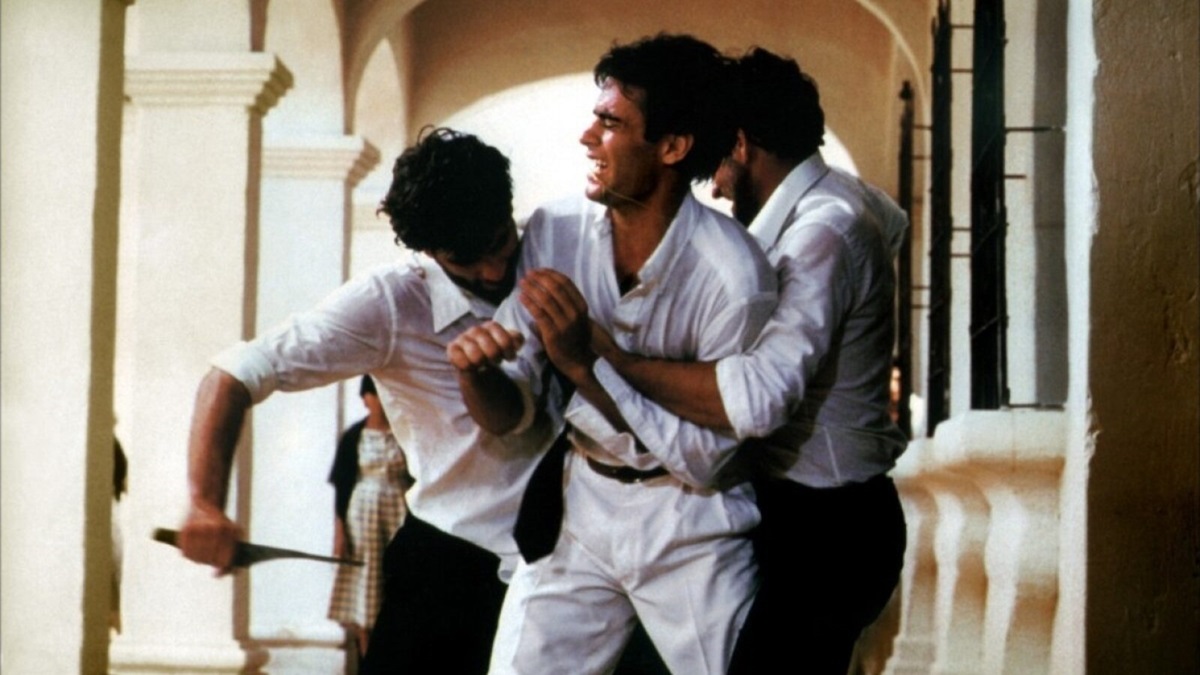
Disclaimer
This post may contain affiliate links. I will make a small commission if you make a purchase through one of these links, at no extra cost to you. See full disclosure and disclaimer policy HERE.
If you’ve ever found yourself entranced by the allure of a beautifully woven story that leaves you pondering long after the last page, “Chronicle of a Death Foretold” by Gabriel García Márquez is a must-read. This novella, published in 1981, is a masterclass in narrative technique and thematic exploration. Let’s dive into what makes this book a gem in the literary world.
Table of Contents
Plot Summary | Spoiler Alert |
Imagine starting a book where the ending is given away right at the beginning. Sounds like a spoiler, right? Not when it’s done by Gabriel García Márquez. The title itself reveals a murder foretold, yet it’s the journey to the inevitable that hooks you.
Márquez employs a journalistic style, blending facts with fiction, and draws you into a small Latin American town where everyone knows the murder will happen, but no one steps in to prevent it.
Chronicle of a Death Foretold revolves around the murder of Santiago Nasar, a young man of Arabic descent. The story begins the day Santiago is killed, but instead of focusing on who committed the crime, the novella explores the events and societal norms leading up to the tragedy.
The narrative, presented in a non-linear fashion, is pieced together through interviews and recollections by the unnamed narrator, who returns to the town years later to investigate the circumstances surrounding Santiago’s death. As the story unfolds, it becomes clear that the murder was an event shaped by collective apathy, fatalism, and rigid social codes.
Through a blend of journalistic detail and magical realism, Gabriel García Márquez crafts a compelling tale that delves deep into themes of honour, fate, and communal responsibility. The novella leaves readers questioning the inevitability of Santiago’s fate and the moral complexities of the society that allowed his murder to occur.
Characters That Stay With You
Márquez populates his novella with a cast of vivid characters, each etched deeply into the narrative. Santiago Nasar, the doomed protagonist, is a figure shrouded in ambiguity and innocence.
The Vicario brothers, bound by honour, and Angela Vicario, the dishonoured bride, paint a complex picture of morality and societal expectations. You find yourself oscillating between sympathy and frustration with each character’s actions and motivations.
Themes Explored Throughout The Novella
Gabriel García Márquez’s Chronicle of a Death Foretold is rich with themes that delve into the complexities of human nature and societal constructs. Here are some of the prominent themes explored throughout the novella:
Honour and Social Expectations: Honour is the central theme driving the plot. In the story, the concept of honour dictates the actions and decisions of the characters. Angela Vicario’s loss of virginity before marriage is seen as a stain on her family’s honour, compelling her brothers to commit murder to restore their reputation. The societal pressure to uphold family honour, regardless of personal beliefs or moral considerations, highlights the destructive nature of rigid social expectations.
Fate and Free Will: The novella explores the tension between fate and free will. Despite the forewarning of Santiago Nasar’s death, the townspeople fail to prevent it, suggesting a fatalistic worldview where events are predestined. This theme raises questions about human agency and the extent to which individuals can alter their destiny. The inevitability of Santiago’s fate, despite numerous opportunities for intervention, underscores the idea that some outcomes may be unavoidable.
Collective Responsibility and Guilt: Márquez delves into the theme of collective responsibility. The entire town is complicit in Santiago’s death due to their inaction and complacency. Each character, in their way, contributes to the tragedy by either not taking the brothers’ threats seriously or assuming someone else will intervene. This collective guilt reflects on the moral responsibility of individuals within a community and the consequences of societal apathy.
Gender Roles and Machismo: The novella critiques traditional gender roles and machismo. Women in the story, like Angela Vicario, are subject to strict social norms regarding purity and honour, while men are often driven by a code of machismo that values reputation and revenge. The double standards in the treatment of men and women highlight the deep-seated patriarchy and the societal expectations that perpetuate inequality and injustice.
RELATED:
Review: 100 Years of Solitude by Gabriel Garcia Marquez
Truth and Subjectivity: Márquez also explores the subjectivity of truth. The narrative is reconstructed through the memories and testimonies of various characters, each offering a different perspective on the events leading up to Santiago’s death. This fragmented storytelling technique emphasizes the elusive nature of truth and the idea that reality is often shaped by personal biases and perceptions.
The Power of Ritual and Tradition: The novella examines the power of ritual and tradition in shaping human behavior. The townspeople’s adherence to traditional codes of honour and societal norms plays a crucial role in the unfolding tragedy. The ritualistic nature of the Vicario brothers’ actions and the community’s passive acceptance highlight how deeply ingrained customs can override individual moral judgment and lead to tragic outcomes.
Isolation and Communication: Finally, the theme of isolation and communication is evident throughout the novella. Despite the close-knit nature of the town, there is a significant lack of effective communication. Misunderstandings, assumptions, and a reluctance to speak out contribute to the sense of isolation among characters. This breakdown in communication prevents the timely intervention that could have saved Santiago’s life.
Through these themes, Gabriel García Márquez paints a poignant picture of a society caught in the throes of its traditions and moral dilemmas, making Chronicle of a Death Foretold a profound and thought-provoking read.
A Unique Narrative Structure
Márquez’s narrative structure is non-linear and fragmented, mirroring the fragmented recollections of the townspeople. This approach not only builds suspense but also allows readers to piece together the events from multiple perspectives. It’s akin to assembling a jigsaw puzzle where every piece, though disparate, forms a coherent and compelling picture.
RELATED:
Why You Should Read Gabriel Garcia Marquez: His Best Novels
Márquez’s Lyrical Prose
One cannot discuss Márquez without mentioning his lyrical prose. His writing is a symphony of vivid imagery, poetic descriptions, and sharp dialogues. Every sentence is crafted with such precision that it evokes the sights, sounds, and smells of the town, making you feel like a silent observer in the unfolding drama.
Conclusion
Chronicle of a Death Foretold is not just a story about a murder; it’s a profound exploration of human nature and societal constructs. Gabriel García Márquez, with his exceptional storytelling, transforms a simple plot into a rich tapestry of themes and emotions. Whether you are a seasoned reader or new to Márquez’s works, this novella promises a thought-provoking and unforgettable reading experience.
FAQs
Did you like it? Pin this post for later!
